What are Natural Dyes?
These are colours obtained from natural sources, such as plants, animals and microorganisms. In the past, they were they were the only sources of colouring fabric and other articles. As synthetic dyes began to be produced on an industrial scale in the 19th century, they replaced natural dyes in most uses. However, natural dyes are again becoming popular for several reasons.
What are the Benefits of Using Natural Dyes?
- There are several reasons why natural dyes are beneficial. These include:
- 1. They are more environmentally friendly and less polluting
- 2. They are Non-Toxic and safe to use, reducing risk to both workers and consumers. They are less likely to cause allergic reactions and other skin problems for workers and consumers.
- 3. They are Biodegradable
- 4. Their effluent is less toxic and biodegradable.
- 5. The colours are aesthetically more appealing.
With increased awareness of the harm caused by chemical dyes to the environment in general and water bodies and the health of workers, there is an increased interest in the use of natural dyes.
Himalayan Weavers and Natural Dyes
One of the reasons why we set up Himalayan Weavers was to promote the use of natural dyes in India. We were particularly interested in using these dyes for colouring woollen shawls, stoles and scarves. All our products, including pashmina shawls, are coloured with natural dyes.
Most Commonly Used Natural Dyes
The most commonly used natural dyes are Indigo, Madder, Shellac, Cochineal, Harada, Tesu Flowers, Pomegranate, Onion Peels and Tea. Indigo and madder are the two most important natural dyes.
Indigo (Indigofera tinctoria)
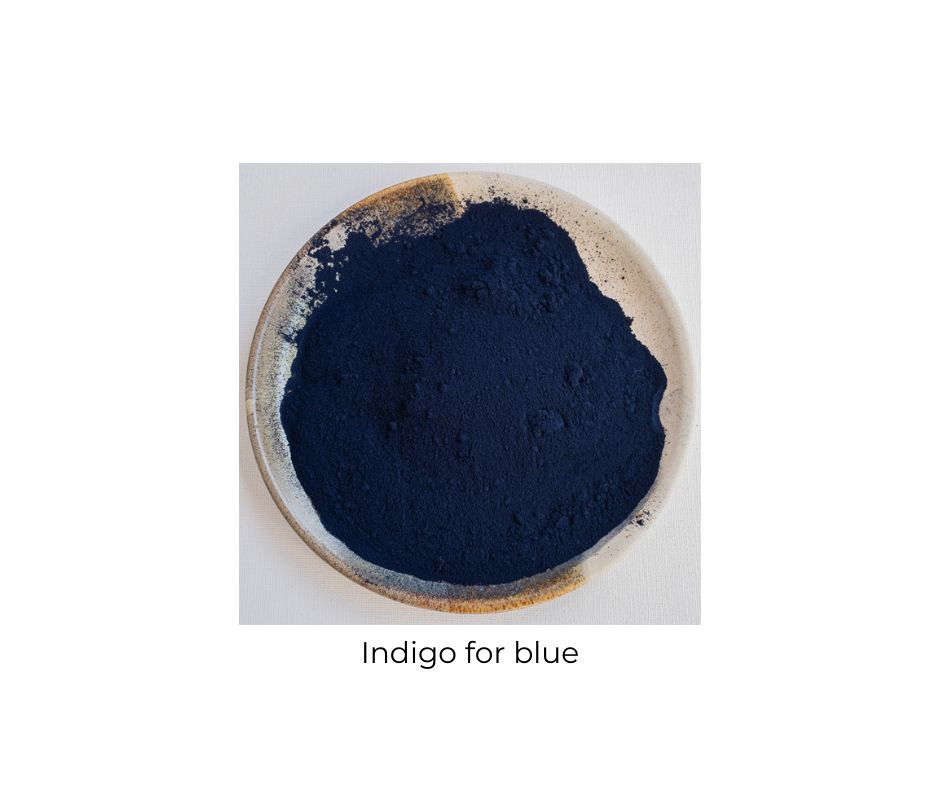
Indigo is one of the most important and popular natural dyes. Its use as a dye was known to many ancient cultures in Asia, Egypt, Greece, Rome, Britain and Peru. The dye is used to produce various shades of blue, green and turquoise. Natural indigo has been largely replaced by Synthetic indigo, which was developed in the 1890s in Germany. But a small amount is still cultivated in India in Tamil Nadu and Pondicherry.
Madder (Rubia cordifolia and Rubia tinctorum)
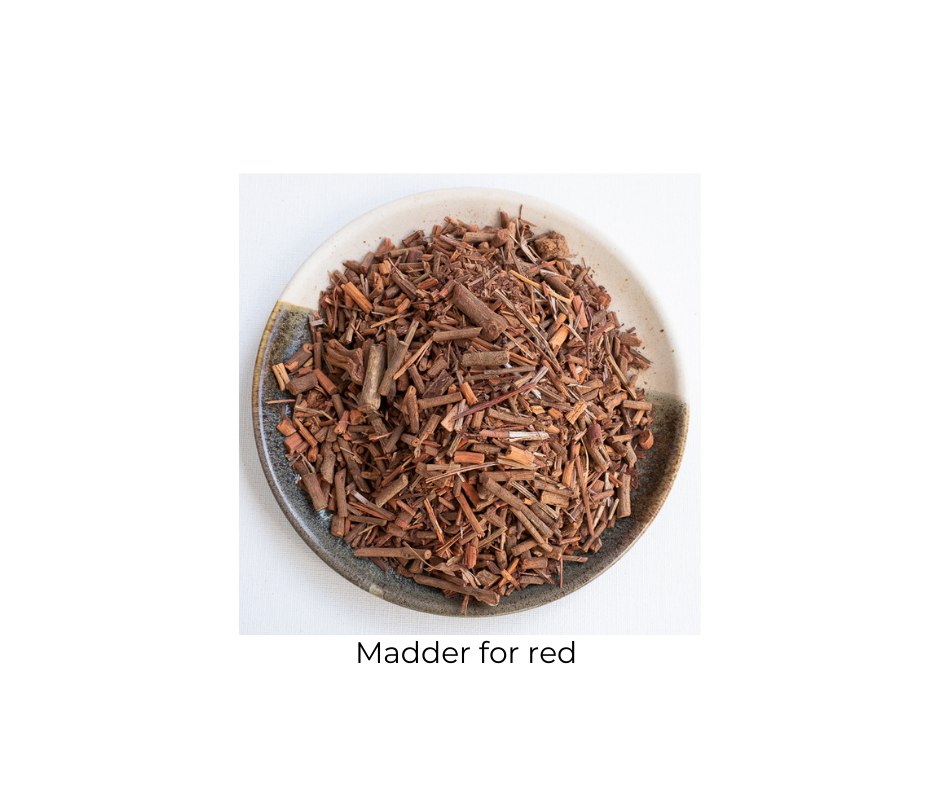
Madder is a herbaceous perennial plant whose roots are used as a dye. It is ideal for dyeing cotton, wool, silk and leather. Madder produces various shades of reds, oranges and pinks. The shade depends on the origin of the plant and the dyeing process.
Madder is one of the oldest and most important dyes for reds. Archaeological evidence suggests that its use was known in ancient India and Egypt. At Himalayan Weavers, we use madder to obtain red and pink shades on wool and pashmina.
Other Natural Dyes
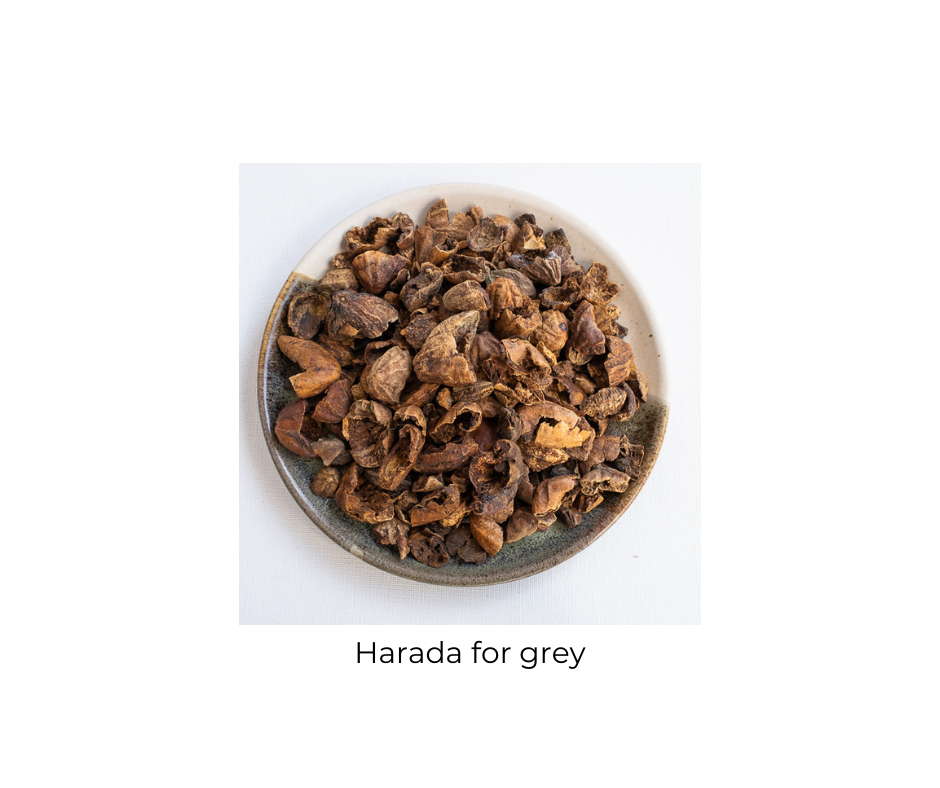
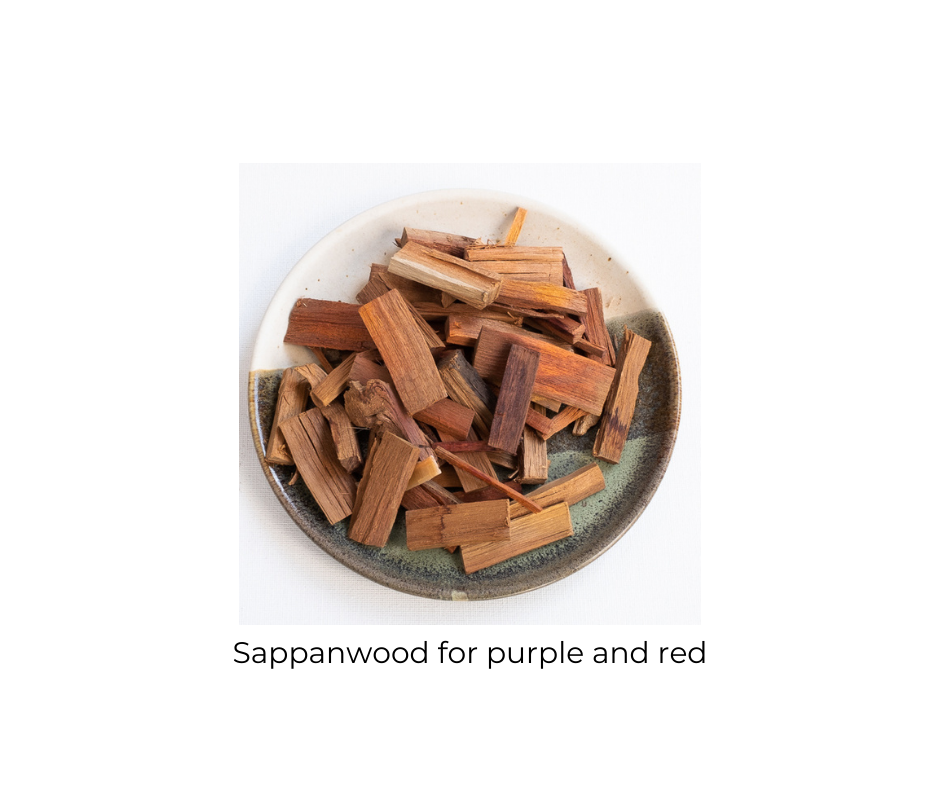
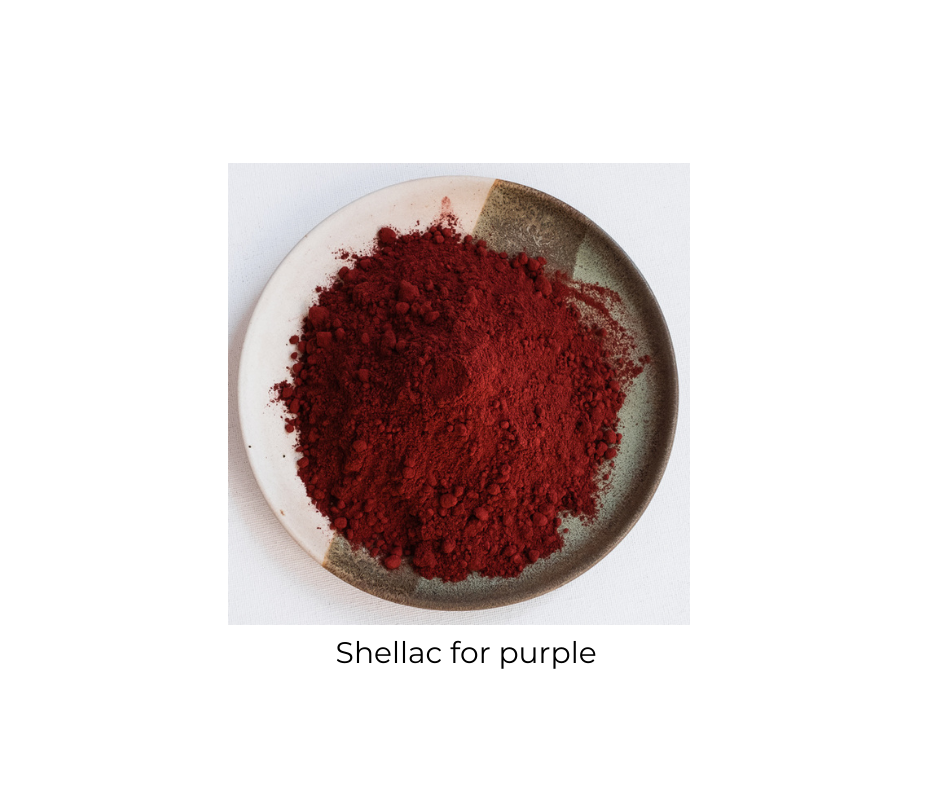
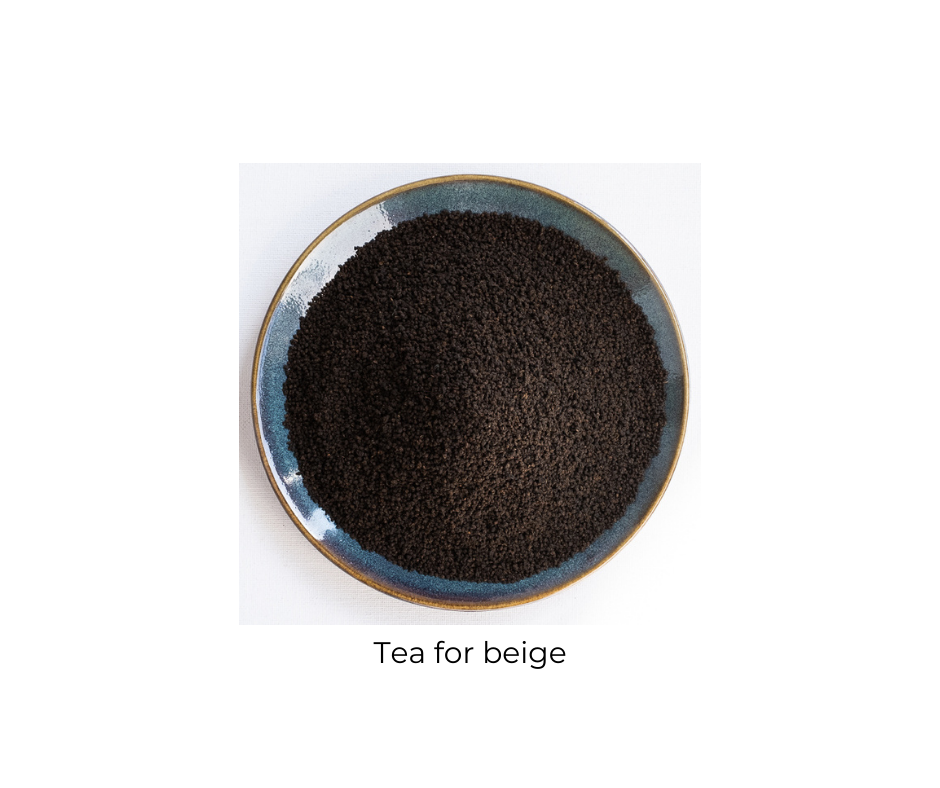
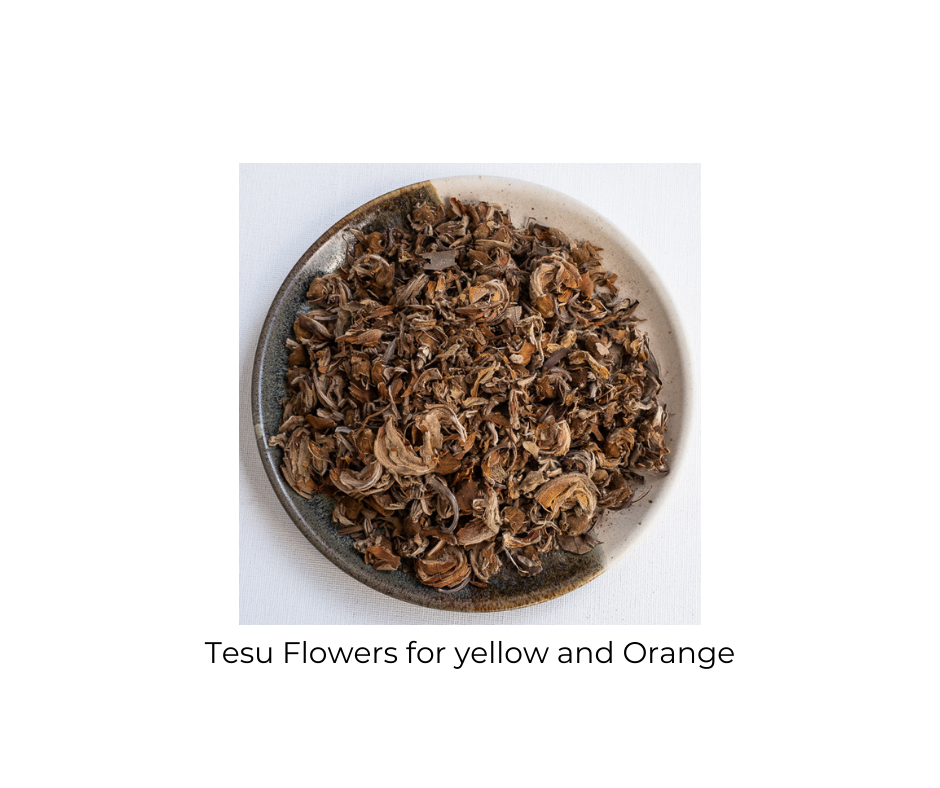
Natural Dyes Used by Himalayan Weavers
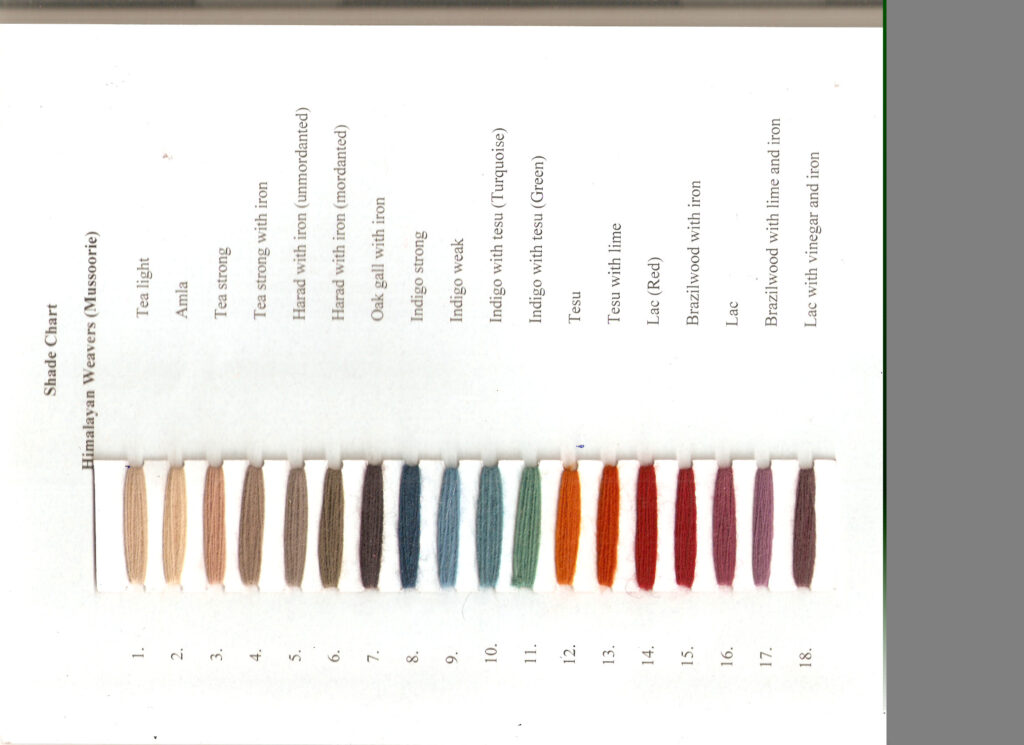
We use indigo, madder, shellac, harada, tesu flowers and tea to colour our woollen and pashmina products.https://himalayanweavers.org/natural-dyes/ The dyeing is done in a small village, Kaplani, near Mussoorie in the Himalayas. One of our main concerns is to reduce energy and water consumption in the dyeing process. To achieve this, we have made several changes to the method used traditionally.
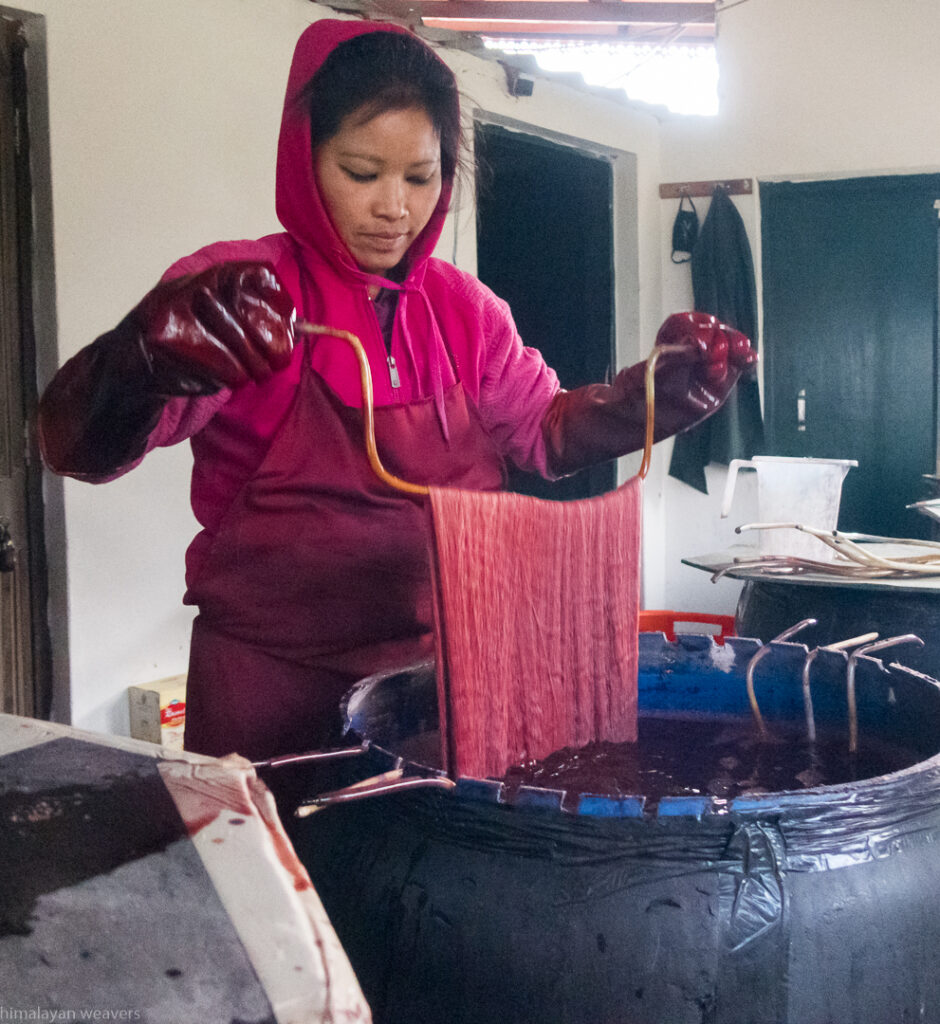
We do not heat out our dye bath on an open fire, as is the traditional practice. Instead, we use insulated drums, which are heated using electric blankets. The insulation conserves heat very efficiently and enables us to heat water using a small amount of electricity. The drums also allow us to use the same dye bah repeatedly, thereby conserving a considerable amount of water. We are continuously adapting our dyeing process to make it environmentally friendly.


